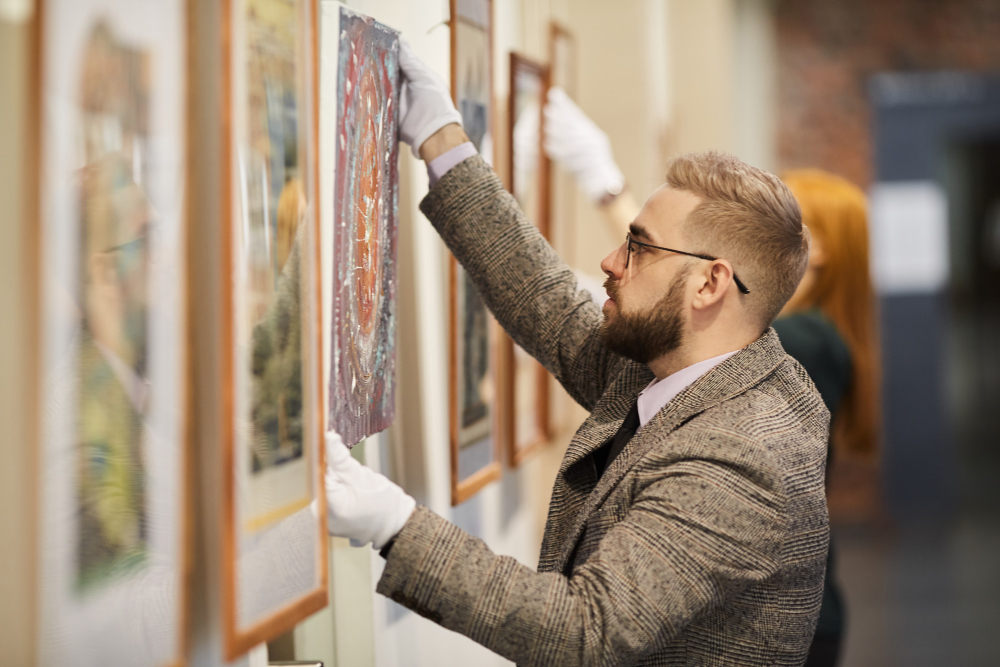Conservator-Restorer: Definition

A conservator-restorer is a professional specialized in the preservation and restoration of cultural property. Their role is to diagnose, stabilize, and restore works of art to ensure their long-term conservation while respecting their authenticity and historical integrity. This profession relies on scientific, technical, and ethical skills, governed by international standards.
Main responsibilities
The conservator-restorer intervenes at different stages of an artwork’s life, particularly before, during, and after its transport.
Condition report and diagnosis
Before any intervention, they carry out a detailed condition report to identify alterations and assess risks related to handling or transportation.
Conservation and restoration treatments
They implement appropriate treatments to stabilize the artwork, prevent deterioration, and, if necessary, restore its aesthetic appearance without compromising authenticity.
Documentation and traceability
Each intervention is documented through technical reports and photographs, ensuring transparency and traceability.
Required skills
- Knowledge of artistic materials and techniques
- Mastery of preventive conservation protocols
- Ability to work with museums, art shippers, and insurers
- Compliance with ethical and professional standards
Education and qualifications
In most countries, this profession requires specialized training, often at the Master’s level (e.g., INP, École de Condé). Programs include chemistry, physics, art history, and restoration techniques.
Role in Art Transport
When an artwork needs to travel, the conservator-restorer plays a key role in ensuring its safety. They supervise art transport by defining climate conditions and validating art packing solutions adapted to the fragility and value of the pieces.
Preparation before transport
They assess risks and recommend suitable solutions for artwork packaging: custom packing, climate-controlled crates, and humidity control.
Monitoring environmental conditions
They define parameters such as temperature, humidity, and light, and may supervise the transport to ensure compliance.
FAQ
1. Why consult a conservator-restorer before art transport?
Consulting a conservator-restorer before art transport is essential to guarantee safety and optimal conservation. They assess risks, recommend art packing solutions, and prepare a condition report, reducing damage risks and facilitating insurance claims.
2. What is the difference between a curator and a conservator-restorer?
A curator manages and promotes collections, while a conservator-restorer works directly on artworks to preserve and restore them according to strict scientific and ethical standards.
3. Does a conservator-restorer always accompany art transport?
Not always. Their presence is recommended for fragile or high-value works. They may supervise packing, define environmental parameters, and train transport teams.
